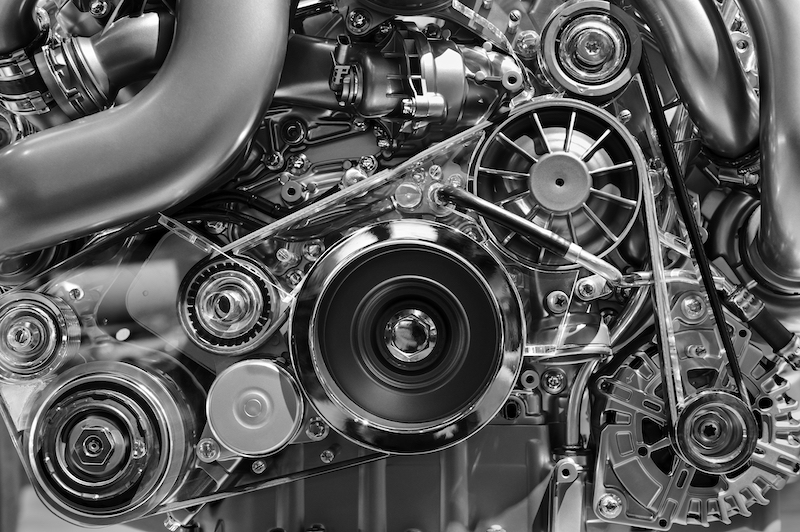When it comes to maintaining or upgrading your vehicle, the decision between new and old engine parts is a significant one. This choice impacts not just your wallet but also the performance and longevity of your car. As a vehicle owner, understanding the intricacies of this decision can save you from future headaches and unnecessary expenses.
The Cost Factor
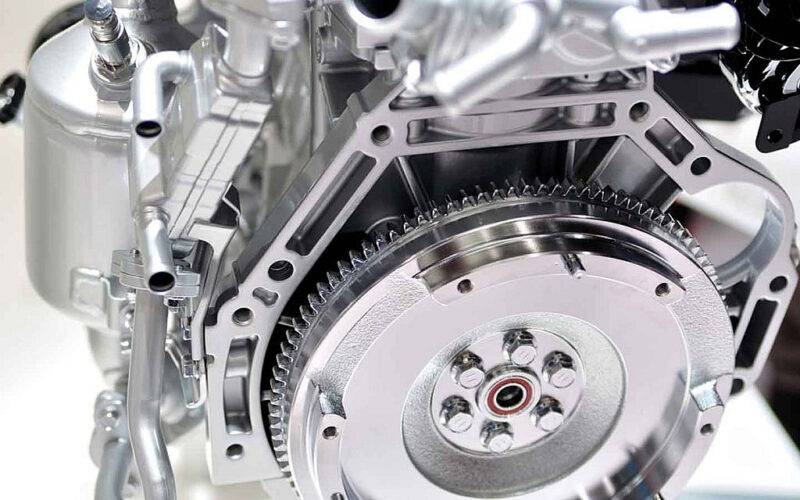
Cost is often the most immediate factor in the decision-making process. New engine parts are undoubtedly more expensive upfront. They come with the assurance of quality, warranty, and longevity. However, the price tag can be steep, especially for high-end or rare models. On the other hand, used parts are more budget-friendly and can be a viable option for older vehicles or for those looking to save money.
But, it’s not just about the initial expense. Consider the long-term costs as well. New parts you can find at Liberty Performance, with their longer lifespan, might offer more value over time compared to used parts that might need replacement sooner.
Quality and Reliability
Quality and reliability are paramount when it comes to engine parts. New parts are typically manufactured to meet or exceed OEM (Original Equipment Manufacturer) standards. This means they’re designed to be as good as, or better than, those originally installed in your vehicle.
Used parts, while cheaper, come with their history and wear. Their reliability can be a gamble. While many used parts are perfectly functional, some may have hidden faults or wear that can lead to future failures.
Warranty and Support
New engine parts often come with a warranty, providing a safety net. If something goes wrong due to a manufacturing defect, you’re covered. This warranty is not just about replacing a faulty part; it’s also about the peace of mind it offers.
In contrast, used parts rarely come with a warranty. If they fail, you’re usually on the hook for the replacement costs. Some reputable sellers might offer a limited warranty or a return policy on used parts, but these are exceptions rather than the norm.
Availability and Variety
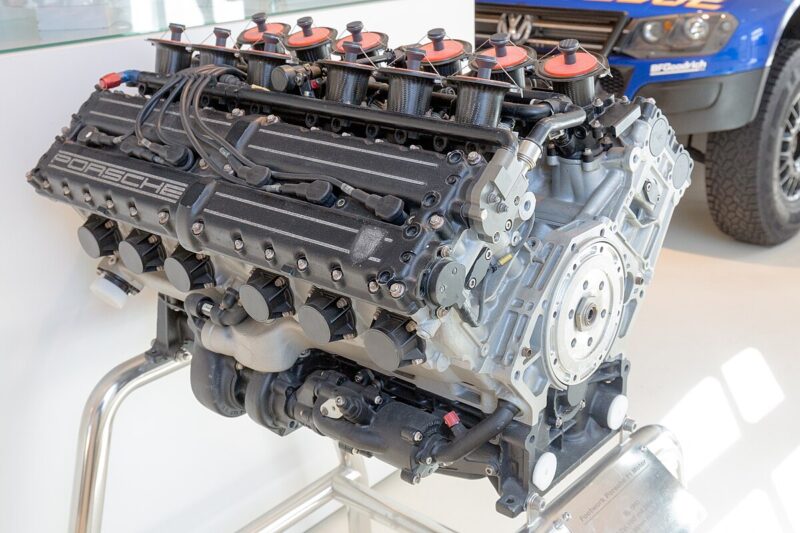
If you drive a common model, finding new parts is typically straightforward. However, for older or rarer vehicles, replacement might be unavailable or prohibitively expensive. This is where used parts shine. The used part market is vast and varied, offering a treasure trove for those who own less common or vintage models.
Environmental Considerations
Choosing used parts is a form of recycling. By reusing parts, you reduce waste and the environmental impact associated with manufacturing new one. This consideration is becoming increasingly important in a world where sustainability is a growing concern.
Installation and Compatibility
New parts are often easier to install because they’re designed to fit perfectly and work seamlessly with your vehicle’s existing systems. With used parts, there’s always a risk of compatibility issues or the need for modifications during installation. This can add to the cost and complexity of repairs.
The Impact on Vehicle Performance
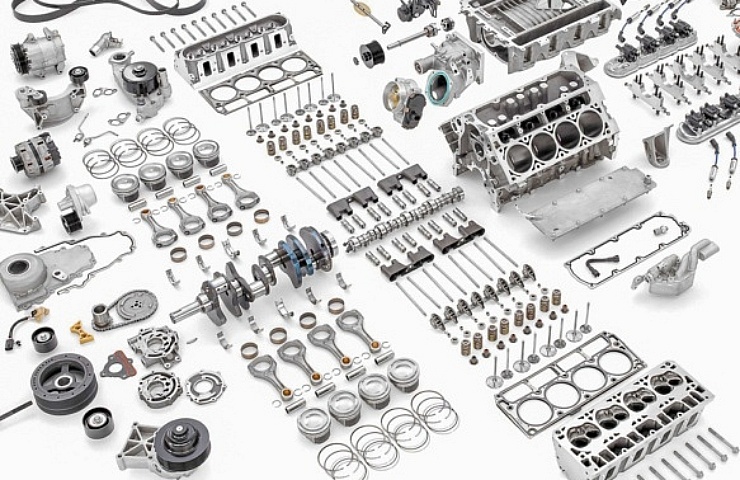
Performance is a critical aspect when choosing between new and old engine parts. New parts can rejuvenate your vehicle, enhancing its performance and efficiency. They ensure that your car runs as the manufacturer intended, with optimal power and fuel economy.
Conversely, used parts, while functional, might not offer the same level of performance. Wear and tear can reduce the efficiency of an engine part, leading to decreased power output and increased fuel consumption. It’s important to weigh these potential performance issues against the cost savings used parts provide.
Risk Assessment
Buying used parts is inherently riskier than buying new. The key lies in assessing and managing this risk. If you opt for used parts, it’s crucial to source them from reputable suppliers who are known for quality. Avoid parts from vehicles that were totaled or from dubious sources.
Always inspect used parts personally, if possible. Look for signs of damage, excessive wear, or previous repairs. If you’re not knowledgeable about engine parts, bring along someone who is.
For new parts, the risk is generally lower. However, it’s still important to ensure that you’re buying from a reputable dealer or directly from the manufacturer to avoid counterfeit parts, which can be as unreliable as badly worn used parts.
The Role of Expert Advice
Never underestimate the value of professional advice. A trusted mechanic can provide insights into whether a new or used part is more appropriate for your vehicle. They can consider factors like the age of your car, its condition, and your driving habits.
A mechanic can also help verify the quality of used parts or suggest reliable brands for new ones. Their expertise can be invaluable in navigating the often-complex world of engine parts.
Customization and Upgrades
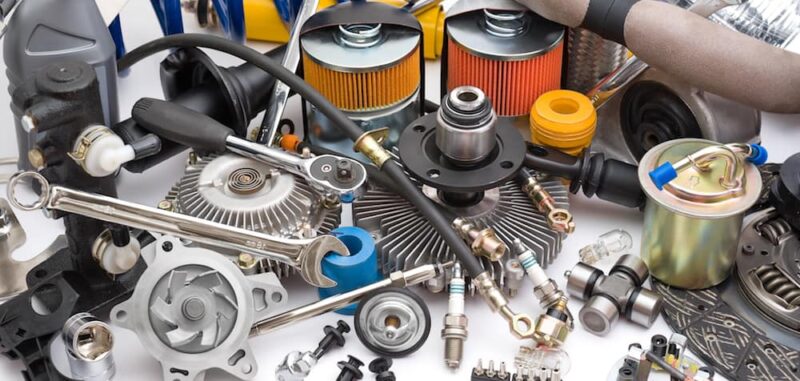
For those looking to customize or upgrade their vehicle, new parts are typically the go-to option. They allow for significant improvements in performance, efficiency, and even aesthetics. Aftermarket parts, designed to enhance performance, are usually purchased new to guarantee compatibility and maximum benefit.
However, for classic car enthusiasts or those aiming for an authentic restoration, used parts might be the only option. They preserve the originality and historical integrity of the vehicle, which can be crucial for collectors and restoration purists.
End Note
The decision between new and old engine parts involves a careful consideration of various factors. Cost, quality, availability, performance, risk, and the intended use of your vehicle all play a role in this choice. There’s no one-size-fits-all answer, and the best decision varies based on individual circumstances.
Whether you choose new or used parts, the goal remains the same: to ensure the optimal performance and longevity of your vehicle. By taking a thoughtful and informed approach, you can make a decision that not only keeps your car running smoothly but also aligns with your personal, financial, and environmental priorities.

